
Fundamentals
The concept of Maasai Moran Hair transcends mere adornment, representing a profound articulation of identity, transition, and communal belonging within the esteemed Maasai culture of East Africa. At its core, this refers to the distinctive hairstyles cultivated by the young Maasai warriors, known as Morans, during a pivotal period of their lives. These hairstyles manifest as elongated, meticulously braided strands, frequently colored with a vibrant red ochre, a naturally occurring earthy pigment. It serves as an unmistakable visual cue, signifying their current age-set and their esteemed status as protectors and guardians of their community.
During the phase of Moranhood, which typically commences after a significant initiation ritual, young men are expected to grow their hair long. This period, often spanning a decade, is marked by specific responsibilities and a distinct appearance. The long, braided hair, often styled with intricate precision, stands as a testament to their strength, their courage, and their readiness to safeguard their land and cattle. It is a physical manifestation of their commitment to their people, an outward symbol of their inward transformation.
Maasai Moran Hair is a powerful visual expression of a young warrior’s identity and life stage within the Maasai community.
The characteristic red tint, derived from a mixture of Ochre and animal fat, is applied to the hair and body, adding another layer of meaning to their appearance. This practice, deeply rooted in ancestral wisdom, goes beyond aesthetics, embodying connections to the earth, vitality, and the very essence of their heritage. The hair, therefore, becomes a living canvas, portraying the warrior’s journey and his place within the vast, interconnected web of Maasai existence.

Intermediate
For the Maasai, hair holds a significance far beyond simple aesthetics; it is a repository of communal memory and a signifier of life’s profound shifts. The hairstyles of the morans are not static fashion statements. They are deeply enmeshed in the complex social fabric and Age-Set System that defines Maasai society.
The long, carefully tended hair signifies a distinct phase, a period of transition where young men assume specific duties and prepare for future roles as elders. This visual marker aids in communicating their social standing within the community, offering a clear signal of their responsibilities and readiness.
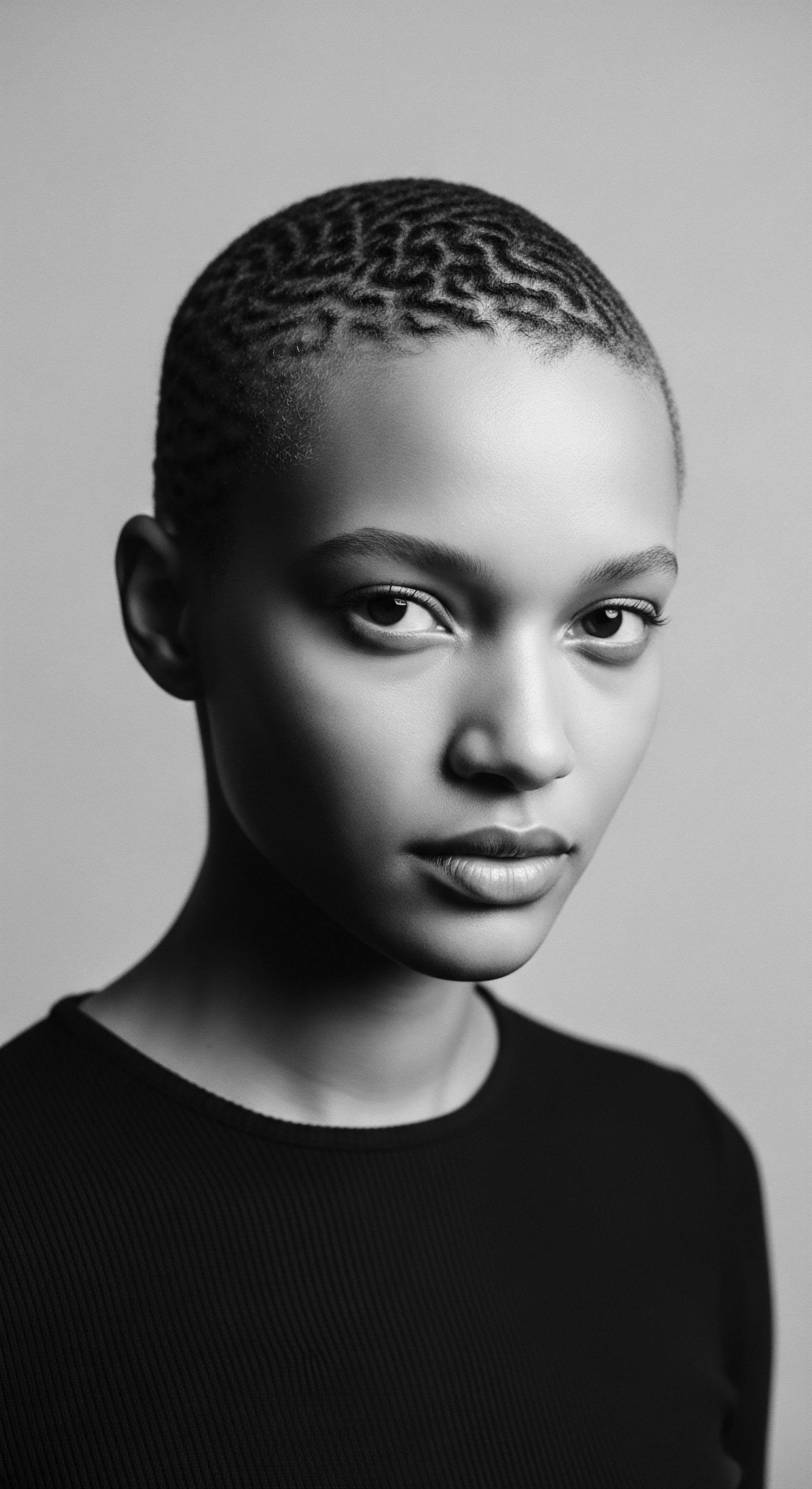
The Ritual of Transformation ❉ Eunoto
A central tenet of the moran’s journey involves the Eunoto Ceremony, a rite of passage marking their transition from the warrior class to that of junior elders. This ritual, imbued with deep emotional and spiritual weight, culminates in the ceremonial shaving of the moran’s long hair by his mother. This act symbolizes the shedding of their carefree warrior existence, their readiness to marry, and their acceptance of new, more settled responsibilities within the community. It is a poignant moment, signifying growth and a commitment to the collective well-being.
The ceremonial shaving of Maasai Moran Hair during Eunoto marks a profound transition from warrior to elder, symbolizing new responsibilities and growth.
The collective nature of hair care extends throughout African cultures, serving as a powerful mechanism for social cohesion. Among the Maasai, morans spend hours braiding each other’s hair, creating bonds that extend beyond the individual to strengthen the entire age-set. This communal activity is replicated across diverse African traditions, where braiding and styling sessions frequently become forums for storytelling, sharing wisdom, and reinforcing familial and community ties. This shared practice underscores the intrinsic connection between hair, collective identity, and the transmission of ancestral knowledge.
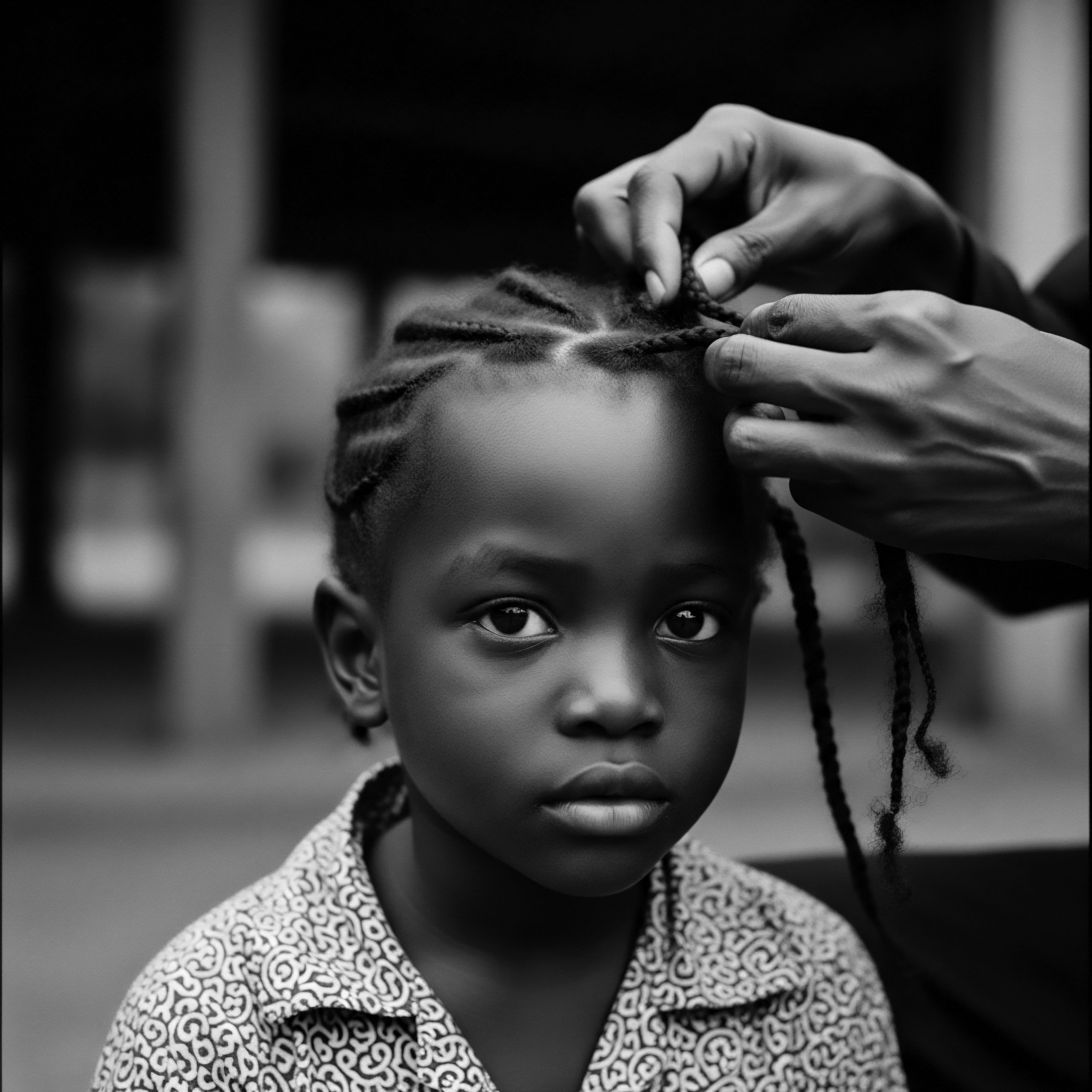
The Ancestral Hand in Hair Care
The substances employed in Maasai Moran hair care, particularly the use of Red Ochre and Animal Fats, speak to an ancient understanding of natural resources. These ingredients are not selected arbitrarily. Red ochre, known as olkaria, is an earthy pigment derived from iron-rich rocks. Beyond its striking visual appeal, it has been historically utilized for its practical properties, including sun protection and insect repellent.
The application of animal fat, often mixed with the ochre, assists in creating a protective coating, offering a form of indigenous conditioning that shields the hair from environmental elements and helps maintain its moisture balance. This synergy of natural elements reflects a holistic approach to hair wellness, deeply rooted in centuries of observation and practice within the Maasai environment.
| Traditional Practice Red Ochre Application |
| Description and Purpose A blend of red ochre and animal fat applied to hair and body, signifying warrior status and offering sun protection and insect repellence. |
| Connection to Contemporary Hair Wellness Aligns with modern concerns for natural UV protection and use of mineral pigments in beauty, emphasizing environmental defense. |
| Traditional Practice Communal Braiding |
| Description and Purpose Morans braid each other's hair, a prolonged social activity that strengthens bonds and facilitates cultural exchange. |
| Connection to Contemporary Hair Wellness Mirrors the rise of communal hair salons and styling parties in Black and mixed-race communities, serving as vital spaces for connection and shared heritage. |
| Traditional Practice Hair Shaving Ceremonies |
| Description and Purpose Ritualistic shaving of hair during rites of passage, marking significant life transitions and new responsibilities. |
| Connection to Contemporary Hair Wellness Resonates with intentional hair changes (big chops, shaving for new beginnings) in modern textured hair journeys, signifying personal rebirth and autonomy. |
| Traditional Practice These practices illuminate how ancient wisdom regarding hair care often holds timeless lessons for holistic well-being and community ties. |
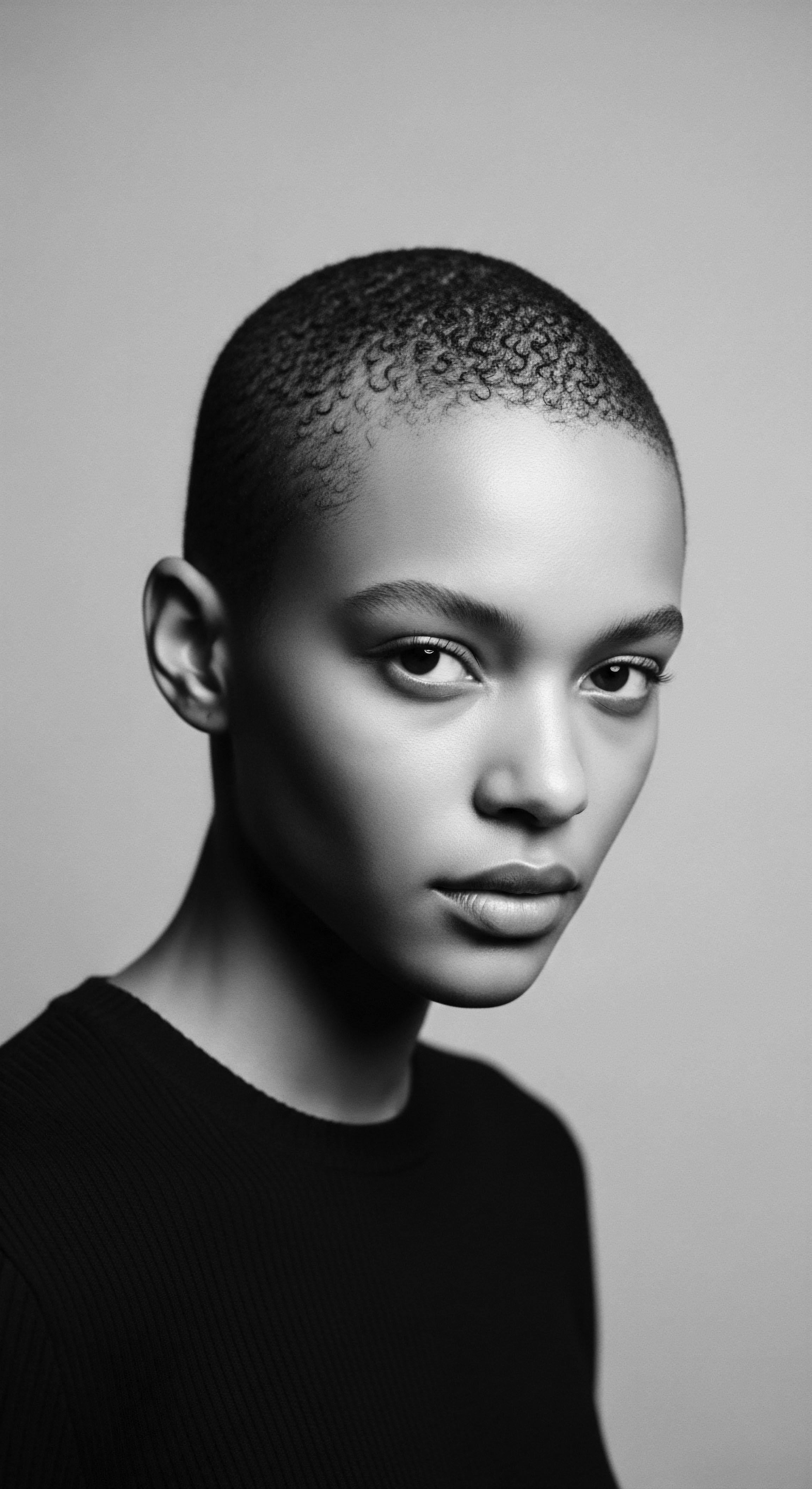
Academic
Maasai Moran Hair constitutes an elaborate, culturally sanctioned expression of identity and ritualistic transition within the intricate Maasai age-grade system. This specific hair presentation is marked by meticulous styling, frequently involving the application of red ochre and fat, serving as a potent semiotic indicator of the individual’s socio-spiritual standing as a young warrior. This understanding moves beyond a surface-level description, delving into the deep anthropological and sociological underpinnings that grant this particular hair form its immense cultural weight.

Age-Set Systems and Somatic Inscriptions
Anthropological studies consistently highlight the centrality of age-sets in Maasai social organization, a system that structures male life through distinct, communal stages. The journey begins with Enkipaata, an induction ceremony for boys leading to initiation. Following circumcision, boys enter the moran or warrior phase, a period characterized by significant physical and social changes, including the growth of their distinctive long hair.
This hair, often braided and adorned, functions as a visual chronicle of their age-set membership, signaling their virility, discipline, and commitment to the community’s defense. The moran remains within this stage for a prolonged period, typically around a decade, before transitioning to elderhood.
The climactic ceremony of this transition is Eunoto, where the accumulated long hair of the morans is ceremonially shaved by their mothers. This act is not merely a haircut; it is a profound performative ritual that signifies the shedding of youthful exuberance and the assumption of mature responsibilities. The shaving marks their departure from warrior duties and their readiness for marriage, household establishment, and participation in community decision-making as junior elders. This symbolic transformation, etched onto the very body, reinforces the Maasai’s cyclical understanding of life and the collective investment in individual progression.
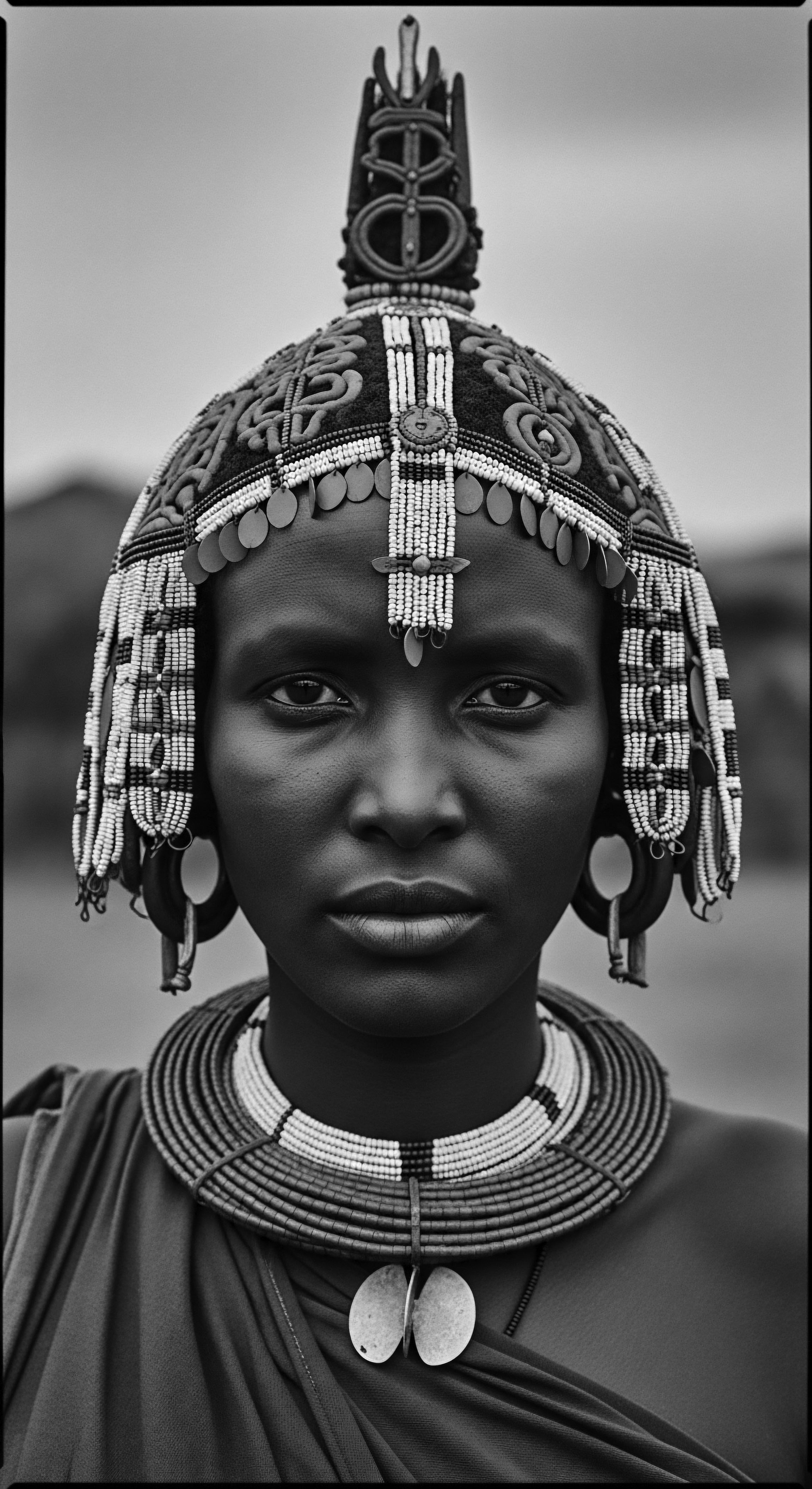
The Alchemy of Ochre ❉ Beyond Aesthetics
The consistent application of Red Ochre (olkaria) to Maasai Moran Hair is more than a cultural preference for a particular hue. This natural pigment, a blend of iron oxide, clay, and sand, has been utilized by Indigenous cultures for millennia for its multifaceted properties. From a scientific perspective, its composition suggests inherent qualities beneficial for hair and skin. Research indicates that ochre possesses protective elements, offering a natural defense against the harsh equatorial sun’s ultraviolet rays.
Moreover, when combined with animal fats, as is the traditional practice, it acts as a sealant, aiding in moisture retention for the hair and scalp, a form of ancient conditioning that aligns with contemporary textured hair care principles focused on sealing moisture into the cuticle. This practice highlights a sophisticated, ancestral understanding of botanical and mineral properties, a knowledge passed down through generations.
Red ochre on Maasai Moran Hair represents a convergence of spiritual meaning and practical, ancestral dermatological wisdom.
Beyond its physiological benefits, the red color of ochre holds profound symbolic resonance for the Maasai. It is strongly linked to Bravery, Unity, and Blood, signifying kinship, life, and vitality. This connection to blood also extends to the community’s relationship with cattle, a central pillar of Maasai life, from which they derive sustenance and wealth. Therefore, the ochre-coated hair is a visual declaration of a warrior’s connection to his lineage, his people, and the very life force that sustains them all.

Resilience and Reclaiming ❉ A Heritage Under Pressure
The journey of Maasai Moran Hair, as a living cultural artifact, is incomplete without acknowledging the pressures it has faced, a struggle resonant with the broader experiences of Black and mixed-race hair heritage. Historically, the visible markers of Maasai identity, including their clothing and hairstyles, became targets of external influence. In the late 20th century, for instance, the Tanzanian government reportedly forbade the wearing of traditional attire and the application of ochre to hair and body, a clear act of cultural suppression. This echoes the experiences of Indigenous communities globally, where hair was often weaponized as a tool of assimilation.
Consider the deeply troubling history of Native American boarding schools in the United States, where children were forcibly removed from their families and traditions. A common, devastating experience upon arrival was the mandatory cutting of their long hair. For many Native American cultures, hair holds immense spiritual weight, believed to be an extension of one’s spirit and a connection to ancestral knowledge.
The act of cutting it was not merely a grooming regulation; it was a deliberate and traumatic severance from identity, heritage, and spiritual strength, a method to “kill the Indian, save the man”. This historical precedent of enforced hair alteration reveals a pervasive pattern of colonial and governmental attempts to erase distinct cultural identities through the manipulation of a profoundly personal and symbolic aspect of being.
Similarly, for African Americans, the legacy of slavery brought about systematic attempts to strip individuals of their cultural practices, including hair care rituals. The imposition of Eurocentric beauty standards led to the widespread adoption of straightening methods, sometimes involving dangerous techniques, as a means of survival and perceived acceptance. This complex interplay of adaptation and resistance continues to shape the textured hair landscape today.
Despite these historical and ongoing pressures, the Maasai Moran Hair persists as a potent symbol of resilience. While modernization and urbanization have led some morans to adopt shorter hairstyles for practical reasons related to education and employment, the cultural memory and significance of the long, ochre-coated hair endure. It remains a powerful identifier for those who maintain the tradition, a visible link to a heritage that refuses to be forgotten.
This continued practice speaks to the innate human desire to honor one’s origins and to safeguard the wisdom passed down through generations, even in the face of evolving societal norms. The choice to uphold these practices, whether fully or through adapted expressions, serves as a testament to the enduring power of cultural memory and self-determination.

The Hair as an Ancestral Archive
The Maasai Moran Hair, viewed through the lens of academic inquiry, is more than an aesthetic choice. It functions as a living archive, a repository of indigenous knowledge and communal narratives. The intricate braiding patterns, the precise application of ochre, and the rituals surrounding hair growth and shaving all encode information about social hierarchy, historical events, and philosophical understandings of the world. This concept resonates with the broader understanding of hair as a communicative medium in many African cultures, where styles could convey marital status, age, wealth, or spiritual beliefs.
- Oral Tradition ❉ The act of braiding hair, a communal endeavor, serves as a context for transmitting oral histories, traditional songs, and communal wisdom from elders to younger generations.
- Ecological Knowledge ❉ The knowledge required to source, prepare, and apply red ochre, understanding its protective qualities, reflects an intimate connection to and deep knowledge of their natural environment.
- Ceremonial Scripts ❉ The specific length, style, and eventual shaving of the hair are integral to the ceremonial scripts of Maasai rites of passage, ensuring the continuity of these vital cultural performances.
The study of Maasai Moran Hair, therefore, offers a unique opportunity to understand how material culture, embodied practices, and biological elements (hair) converge to create profound expressions of heritage, resilience, and identity within textured hair traditions globally. It reminds us that hair, in its myriad forms and textures, carries stories that span centuries, connecting individuals to their ancestral roots and the enduring spirit of their communities.
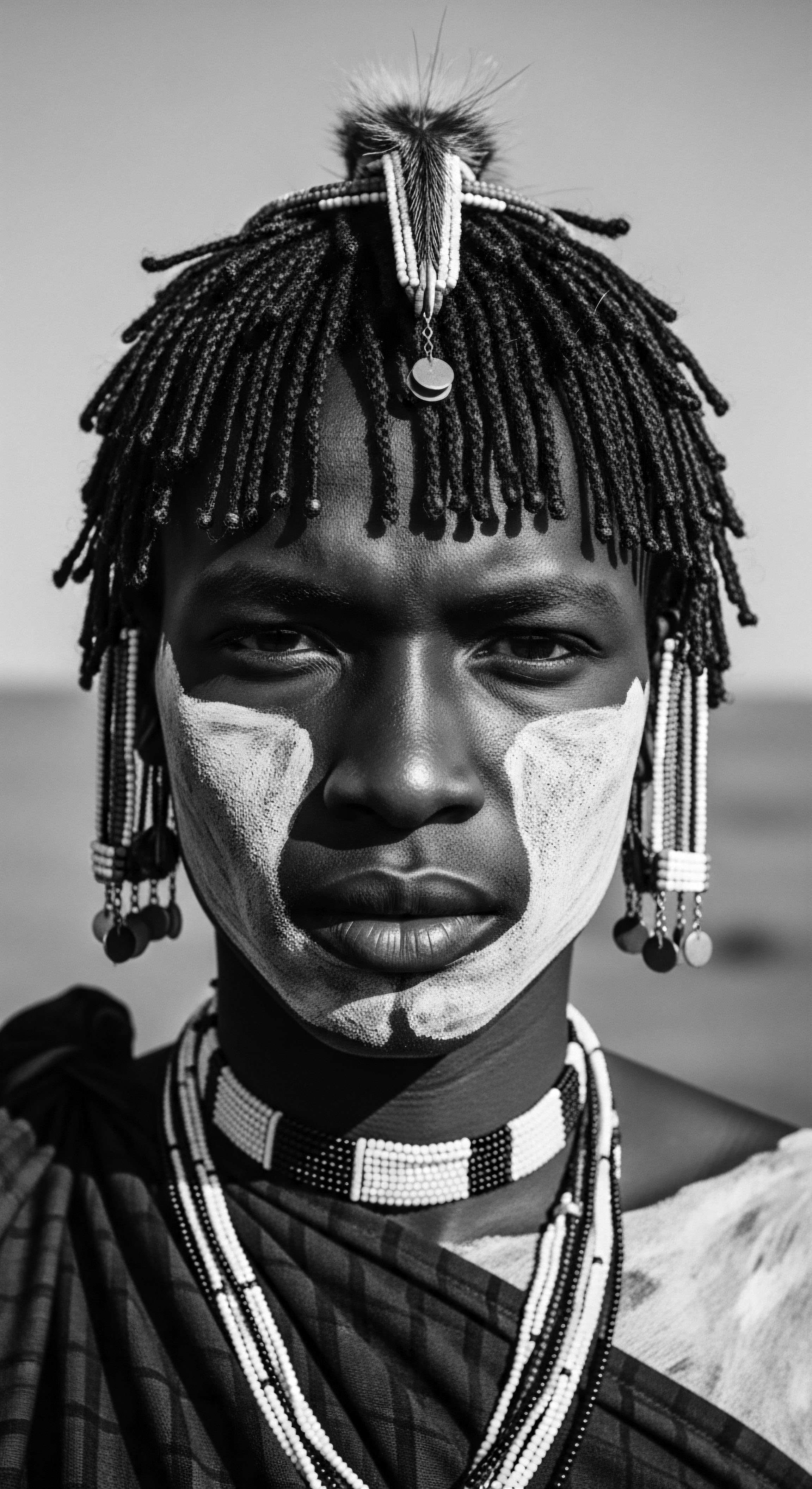
Reflection on the Heritage of Maasai Moran Hair
The story of Maasai Moran Hair is a quiet yet powerful anthem, a testament to the enduring human spirit that finds its voice through the very strands that spring from our crowns. It speaks of a profound conversation between the earth, the community, and the individual, a dialogue that has unfolded for generations. As we contemplate the resilience woven into each braid and the ochre’s whisper of the sun-drenched plains, we are reminded that heritage is not a static relic of the past; it breathes, it adapts, it carries its wisdom into the present, even when confronted by the strong currents of change.
The Maasai Moran Hair, with its deep roots in communal ritual and individual transformation, mirrors the wider narrative of textured hair across the globe – a journey of affirmation, a reclamation of inherent beauty, and a continuous honoring of the paths paved by those who came before us. It is a powerful message for all seeking to connect with their ancestral story through the soulful wellness of their hair.

References
- Byrd, Ayana, and Tharps, Lori L. 2001. Hair Story ❉ Untangling the Roots of Black Hair in America. St. Martin’s Press.
- Hodgson, Dorothy L. 2005. The Church of Women ❉ Gendered Encounters between Maasai and Missionaries. Indiana University Press.
- Koppelman, Susan. 1996. The Power of Hair. New York University Press.
- Spear, Thomas, and Waller, Richard. 1993. Being Maasai ❉ Ethnicity and Identity in East Africa. James Currey.
- Syed, Ali. 2020. Curly Hair Book. As I Am.
- Walker, Zenda M. 2021. Know Your Hairitage ❉ Zara’s Wash Day. Independently Published.
